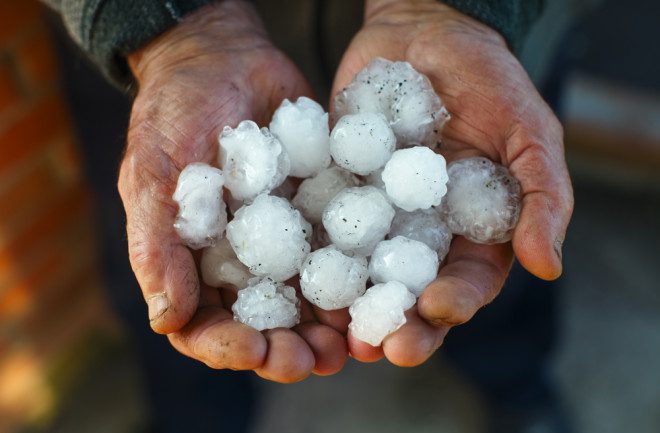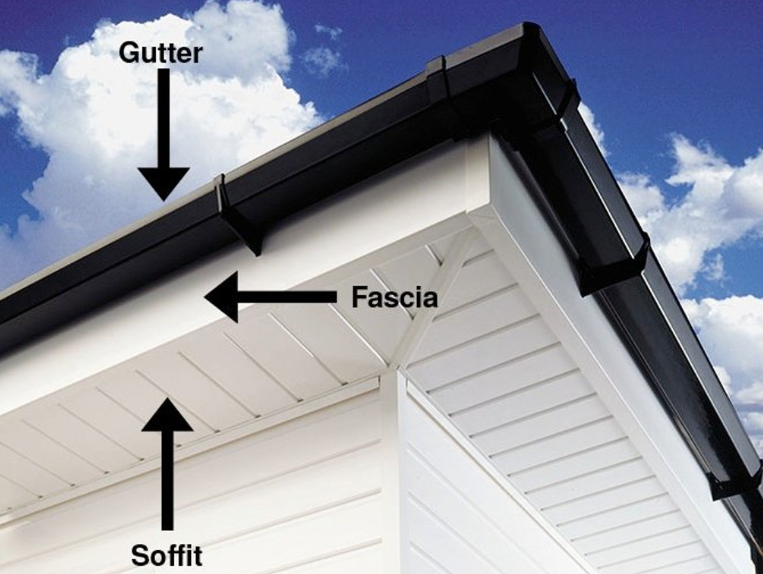The Ultimate Guide To L & L Roofing And Construction Of Gainesville
Wiki Article
The Best Guide To L & L Roofing And Construction Of Gainesville
Table of ContentsThe Definitive Guide to L & L Roofing And Construction Of GainesvilleSome Known Facts About L & L Roofing And Construction Of Gainesville.Some Known Incorrect Statements About L & L Roofing And Construction Of Gainesville The Best Strategy To Use For L & L Roofing And Construction Of Gainesville10 Simple Techniques For L & L Roofing And Construction Of GainesvilleThe Only Guide to L & L Roofing And Construction Of GainesvilleL & L Roofing And Construction Of Gainesville Things To Know Before You Get This
One of the most essential features of a roof is to protect against water seepage. Normal roof evaluations and maintenance are vital to maintain your home completely dry and complimentary from water-related concerns.From top notch materials to impeccable craftsmanship, we ensure your new roof will serve you well for many years to find. Comprehending the numerous functions of a roofing and the relevance of prompt substitute is important for house owners. Your roofing system is not just a safety covering; it's an indispensable component of your home's structural integrity, comfort, and value.
4 Simple Techniques For L & L Roofing And Construction Of Gainesville
Asphalt Tiles: Make-up roof tiles made from asphalt-impregnated really felt covered with mineral granules. * Base Flashing: That portion of the flashing that is attached to or rests on the roof deck to direct the flow of water on the roof covering, or to seal versus the roof deck.Toenailed to roof covering deck to hold particular kinds of ceramic tile. Boot: Pre-formed flange placed over an air vent pipeline to secure the roofing around the air vent pipe opening.
The L & L Roofing And Construction Of Gainesville Statements
Cant Strip: A beveled support used at the crossway of the roof deck with vertical surface areas to make sure that bends in the roof membrane to develop base flashings can be made without breaking the felts. Cap Flashing: The Part of the flashing connected to an upright surface to prevent water from migrating behind the base flashing; sometimes referred to as counter flashing.* Caulking/ Sealers: Sticky sealant utilized to fill out tiny areas versus water. le: Around windows in a long bead so water won't leakage in. Offered in tubes, and used by pressure. Normally by hand with a 'caulking gun'. Clearstory: The uppermost area of a roof airplane that drops off without converging with one more roof airplane.
Occasionally referred as boot. Conductor: A pipe for sharing rainfall water from the roof rain gutter to a drainpipe, or from a roof drain to the tornado drainpipe; additionally called a leader, downspout, or downpipe. Coping: A building device put at the top of the parapet wall surface to act as a cover for the wall.
L & L Roofing And Construction Of Gainesville for Dummies
* Aesthetic: A wall of wood or stonework developed above the level of the roof, bordering a roof opening up such as for installment of roof covering followers or other equipment., to which the roof covering material is used.Diverter: Made use of to guide water - gainesville roofing. Downspout: A pipe for draining pipes water from the rain gutters; often, called a "leader". Drip edge: A corrosion-resistant, non discoloration material used along the eaves and rakes to permit water run-off to drop free from underlying outdoor decking and/or fascia. Dry lap: A term defining the lack of asphalt in between the stacks of felt at the overlap in a BURM.
(https://penzu.com/p/6865c592b0fc1e86)* Side metal: A term associating to brake or extruded metal around the perimeter of a roof. On huge roofs this stipulation for the motion of the materials developing the wall surfaces, roofing deck and roof covering is normally made by purposely separating the structure into areas, and covering splitting up in between surrounding areas with the expansion joint to permit activity however keep out the weather.
Rumored Buzz on L & L Roofing And Construction Of Gainesville

The purpose of flashing is to avoid the penetration of water as well as to supply a water drainage passage in between joints, many typically the joint in between a roofing system and a well. See metal flashing. Flashing Base: The upturned side of the watertight membrane layer formed at a roofing discontinuation point by the expansion of the felts up and down over the cant strip and up the wall for a varying distance where they are safeguarded with mechanical fasteners.
The Basic Principles Of L & L Roofing And Construction Of Gainesville
Setup of make-up roof covering, at this minimal slope, is not recommended and can leak due to blow back. gainesville roofing. Fire Wall: Any wall surface constructed for the objective of limiting the spread of fire in a building. Such walls of solid masonry or concrete usually separate a structure from the structures to regarding a meter above the roofingHip: The angle developed by the intersection of two sloping roof aircrafts. Ice and Water Shield: A layer of waterproofing mounted under the roof shingles at a roofing's boundary, valley ridges. Impact Resistant: The Capacity of a roof covering product to withstand damage (e.g. puncturing from dropping objects (tree branches and hailstorm), application equipment, foot website traffic, etc.
Insulation: Any of a variety of products made to reduce the circulation of heat, either with vents generally set up in the soffit or eave of a roof. Lap: To cover the surface area of one roof shingles or roll with one more.
A Biased View of L & L Roofing And Construction Of Gainesville

Report this wiki page